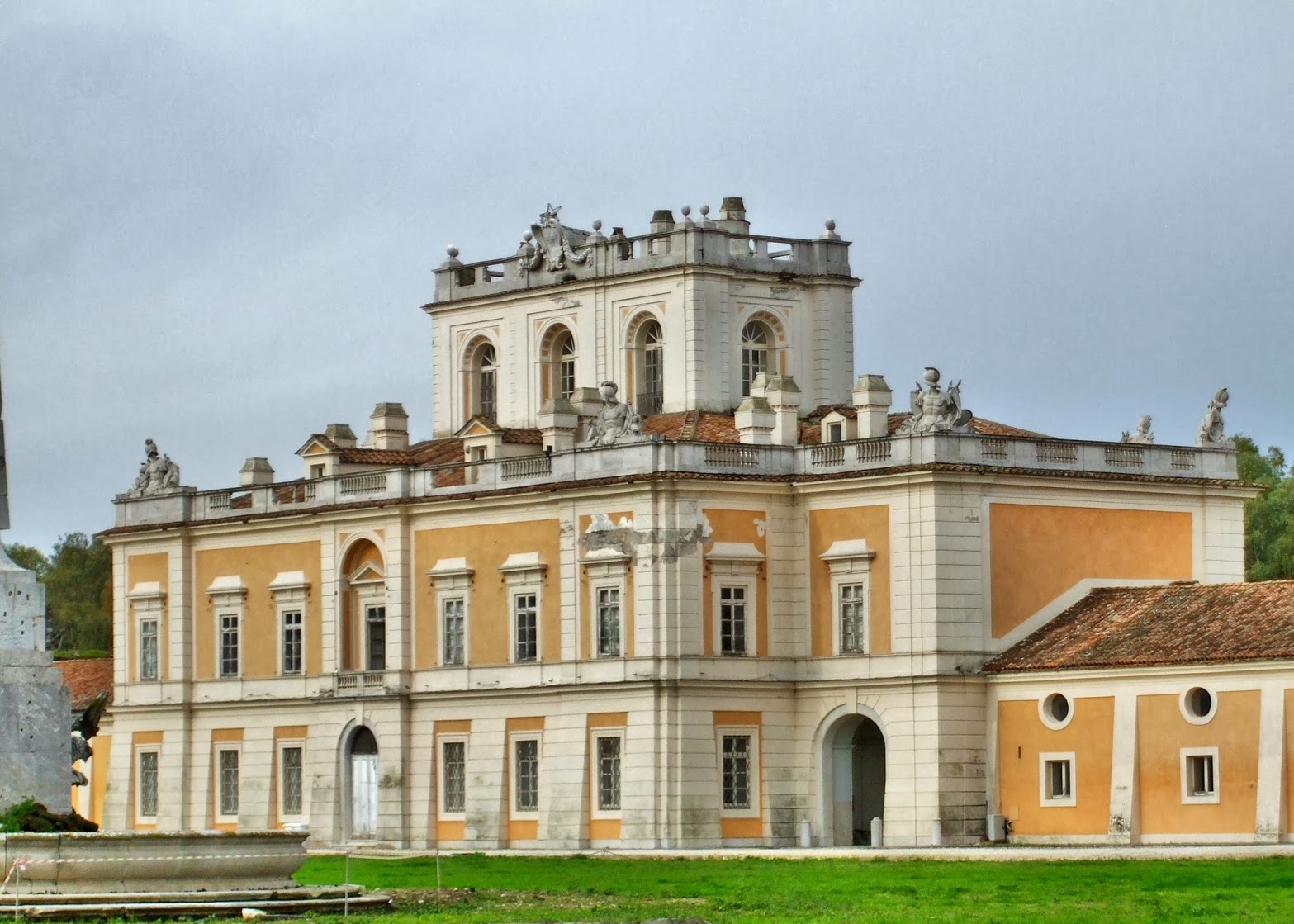
The Bourbon Royal residences in Campania have been finding a new life in the recent months, thanks to a great job of synergy between the Campania region and the Italian Ministry of Culture. It is a group of more than twenty sites, all built between the beginning of the eighteenth century and the first half of the nineteenth by order of Charles of Bourbon and then his son Ferdinand IV of Bourbon, King of the Two Sicilies.
Besides returning an almost intact testimony of the sense of architectural beauty of the late Baroque and mature Rococo, these structures, almost all Hunting Houses and Holiday Noble Palaces, followed an unusual history. Each of them had problems, legacies, heritage and distinct rebirths different from the others, and only now the institutions are trying to reunify the homogeneous system that the Bourbon wanted to establish.
In addition to the apparent recreational use, these great buildings served to create a support structure and services for the logistics, communication and control, both for production of agricultural products and for livestock of the Royal House.
The most famous of these architectural structures is certainly the Royal Palace of Caserta, followed by the Palace of Capodimonte and the Royal Palace of Naples, but among other less known, in addition to the wonderful Fusaro Casino or Casino Vanvitelliano, there is the Royal Site of Carditello with its history of a thousand misfortunes.
The site was created in 1744 by order of Charles of Bourbon who thought of it as a handling and breeding site for horses. The site was updated for the use of dairy and cattle breeding by his successor Ferdinand IV, who called Francesco Collecini to rethink and expand the entire estate, according to its new use.
Collecini, a Vanvitelli student, divided the space behind the building in five major areas, each dedicated to a productive activity, while the facade and the area in its front was designed like an ancient Roman circus for horse races, decorated with obelisks and fountains. The reminder of Vanvitelli's style of the nearby Palace of Caserta creates a curious short circuit, not only with other Bourbon residences but also with the palaces and buildings that Vanvitelli had already realized in Rome and Ancona.
Even in the internal of the Royal Site, the continuity with the Royal Palace of Caserta was ensured through the frescos by Fedele Fischetti and the excellent plasterers who worked at both sites.
In 1920 the property passed to the "Opera Nazionale Combattenti", while during World War II it was occupied by the Germans and then the Americans.
From 2014 Carditello returned to the Italian State, which has taken the first restoration work after at least 60 years of neglect. The historian Maria Carmela Masi is rebuilding the body of the ancient picture gallery, which is currently dispersed in various museum sites and state institutions.
In the recent years, Carditello has risen to the attention of the public media because of its abandoned situation, which saw a heroic volunteer, Mr. Tommaso Centrone, watching the estate for two years, 2011-2013, before dying of a heart attack right in the Royal Palace.
Today finally Carditello reopens a first part of its environment, finding the due splendor and hoping that this will be soon followed by other Bourbon sites, expecting a full recovery and the creation of an organic circuit fruition of these twenty-two wonders.



